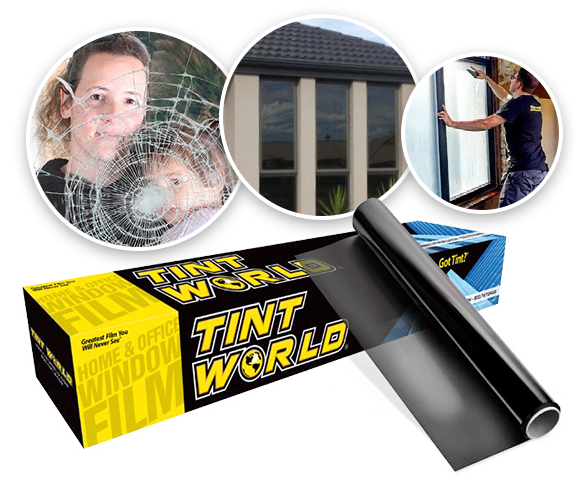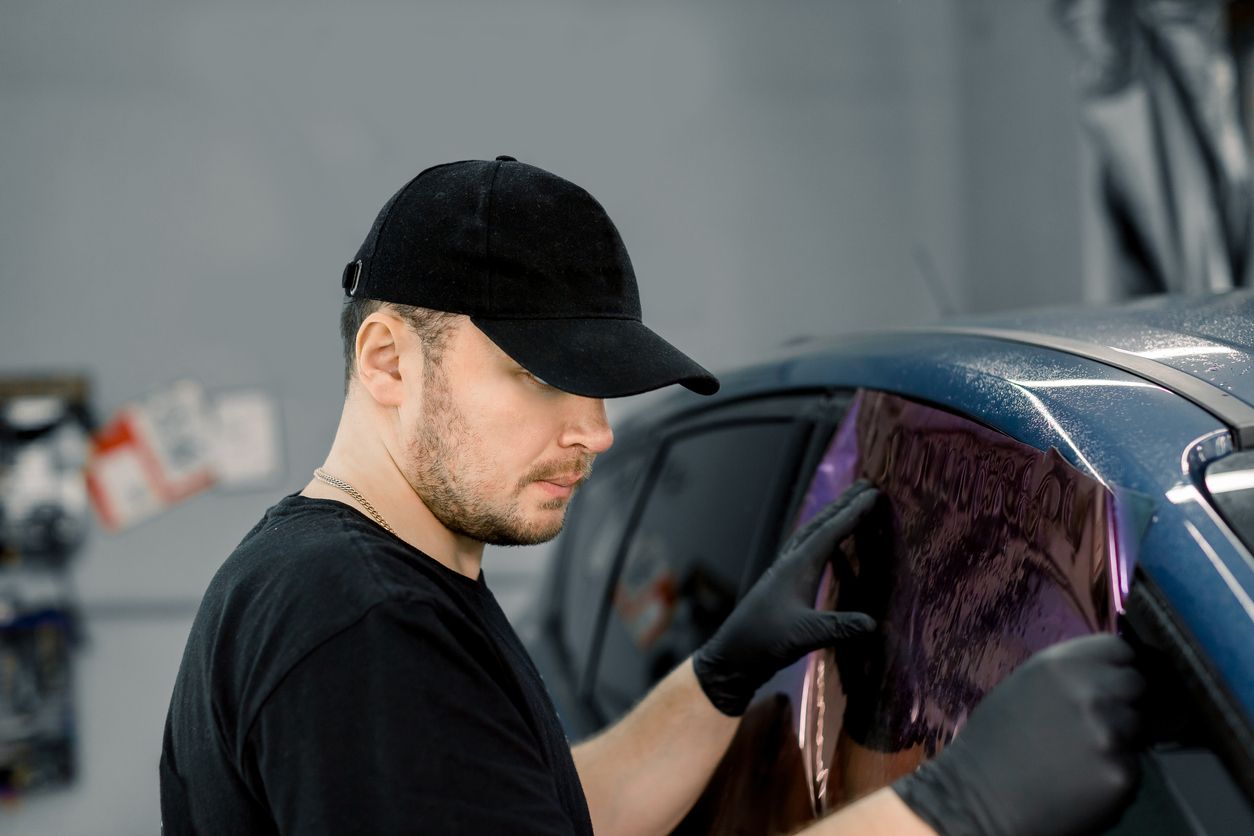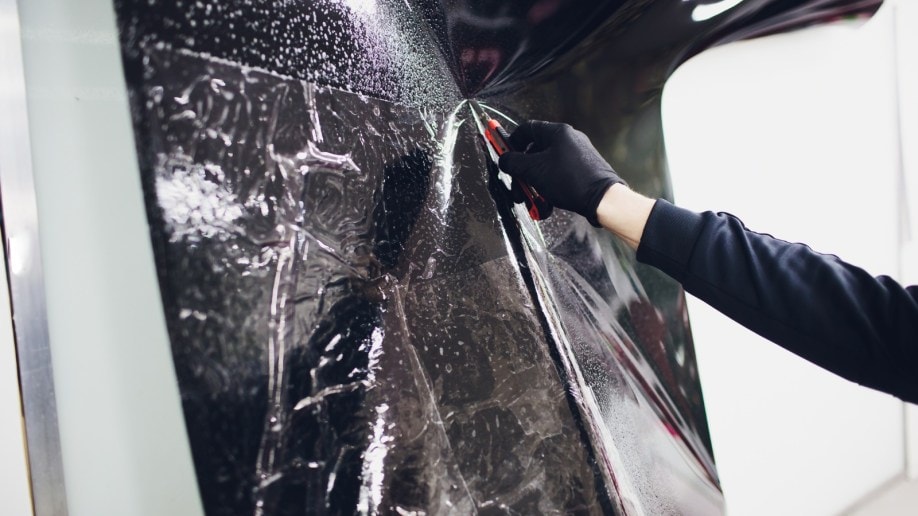Why Automobile Window Tinting is a Must-Have for Modern Automobiles
Why Automobile Window Tinting is a Must-Have for Modern Automobiles
Blog Article
Window Tinting Rules and Standards: What You Required to Know Prior To Tinting Your Cars And Truck
Before continuing with window tinting for your lorry, it is important to acquaint yourself with the varied laws and standards that regulate this technique across different states. These regulations determine the permissible degrees of color darkness, commonly gauged by visible light transmission (VLT) percents, and include particular terms for front windshields targeted at making certain road safety. Additionally, particular jurisdictions might supply medical exemptions for individuals with qualifying conditions. Understanding these complexities can conserve you from potential legal ramifications, however what are the certain guidelines in your state?
Overview of Home Window Tinting Rules
Window tinting laws are often subject to variation across different territories, reflecting local guidelines and safety factors to consider. These regulations determine the allowable levels of tint darkness and reflectiveness on vehicle windows, making sure that drivers keep appropriate exposure while additionally securing against unsafe UV rays and heat.
Many regulations categorize home window tinting based upon the Visible Light Transmission (VLT) percent, which suggests the amount of light that can go through the window. Usually, reduced VLT percents symbolize darker tints. Laws usually separate in between the front, side, and back windows, with more stringent restrictions used to the front windscreen to enhance security for both the motorist and other road individuals.
Compliance with home window tinting regulations is important, as offenses can result in fines, compulsory removal of the tint, and potential boosts in insurance costs. It is important for automobile proprietors to familiarize themselves with local legislations prior to continuing with window tinting installations.
State-by-State Color Laws
Comprehending the details home window tinting regulations in each state is important for vehicle proprietors looking for to follow the regulation. Each state in the united state has developed its own set of rules controling window tinting, which can vary substantially. These regulations frequently dictate the allowed levels of tint darkness, the types of windows that can be tinted, and any kind of clinical exemptions that may use.
For example, states like California have rigid limitations on color darkness for front home windows, while others, such as New Mexico, might enable darker tints. In addition, specific states mandate particular exposure percents for different home windows, consisting of the windshield, front side home windows, and back windows. It is essential for cars and truck proprietors to familiarize themselves with their state's legislations to prevent potential fines or fines.
Additionally, some states may need a certification sticker label to be put on tinted windows, showing compliance with state regulations. Failure to stick to these policies not only takes the chance of lawful consequences but can additionally influence security and presence while driving. For that reason, car proprietors ought to perform complete research or speak with neighborhood authorities to ensure full understanding and conformity with state-by-state tint policies.
Allowed Tint Levels and Kinds
Several automobile proprietors may be stunned to discover that enabled color levels and kinds differ extensively throughout various states. Each state has actually developed its own guidelines pertaining to the permissible darkness and reflectivity of window color, typically measured by Visible Light Transmission (VLT) percents. VLT refers to the quantity of light that can go through the tinted windows; thus, a lower portion shows a darker color.

Furthermore, the types of tint products enabled can differ, with some states banning metal or mirror-like surfaces. It is essential for lorry owners to familiarize themselves with their state's details laws to guarantee conformity. Non-compliance can cause penalties, compulsory elimination of the color, or other lawful repercussions, making it important to recognize these policies prior to waging installation.
Medical Exemptions for Tinting
While not all states give allocations for clinical exemptions pertaining to window tinting, those that do recognize the requirement for details people to boost presence and convenience due to medical conditions. Numerous medical problems, such as lupus, skin cancer, and particular eye disorders, can provide individuals particularly sensitive to sunshine. Subsequently, these individuals might call for darker tints to safeguard themselves from dangerous UV rays and glare.

It is necessary to note that even with a medical exception, there may still be restrictions on the degree of color allowed. Conformity with state laws makes sure that people are both protected and within lawful limitations. Those taking into consideration medical exemptions need to contact their local Department of Electric motor Vehicles or equivalent authority to understand the requirements and procedures necessary to request an exemption effectively.
Fines for Non-Compliance
Stopping working to follow home window tinting regulations can result in significant you can check here charges, which differ by state. Police are empowered to issue citations for lorries that do not comply with the specified tinting policies. These fines generally include penalties, which can vary from moderate quantities to a number of hundred dollars, relying on the extent of the infraction and the state concerned.
In some jurisdictions, repeated offenses might lead to intensifying penalties or extra fines, such as necessary court looks. Non-compliance might require the elimination of unlawful tinting, usually at the proprietor's expense. In extreme cases, habitual culprits might encounter suspension of their automobile enrollment until conformity is accomplished.
Furthermore, insurance policy effects might occur from receiving several citations for window color violations. Insurers Discover More Here might watch such offenses as an indicator of riskier behavior, possibly resulting in increased premiums or trouble in insurance coverage.
To avoid these fines, it is crucial for automobile owners to acquaint themselves with their local window tinting regulations and make sure that their vehicle complies (Window Tinting). This positive approach not just avoids lawful implications however additionally advertises road safety and security
Final Thought

A lot of guidelines identify home window tinting based on the Visible Light Transmission (VLT) percentage, which suggests the amount of light that can pass through the home window. Conformity with window tinting laws is vital, as infractions can result in fines, necessary elimination of the tint, and prospective rises in insurance costs.Understanding the certain home window tinting laws in each state is important for lorry proprietors looking for to conform with the law. These policies usually dictate the permitted degrees of color darkness, the types of home windows that can be tinted, and any type of clinical exceptions that may use.
For circumstances, states like California have stringent limitations on color darkness for front windows, while others, such as New Mexico, might enable darker tints.
Report this page